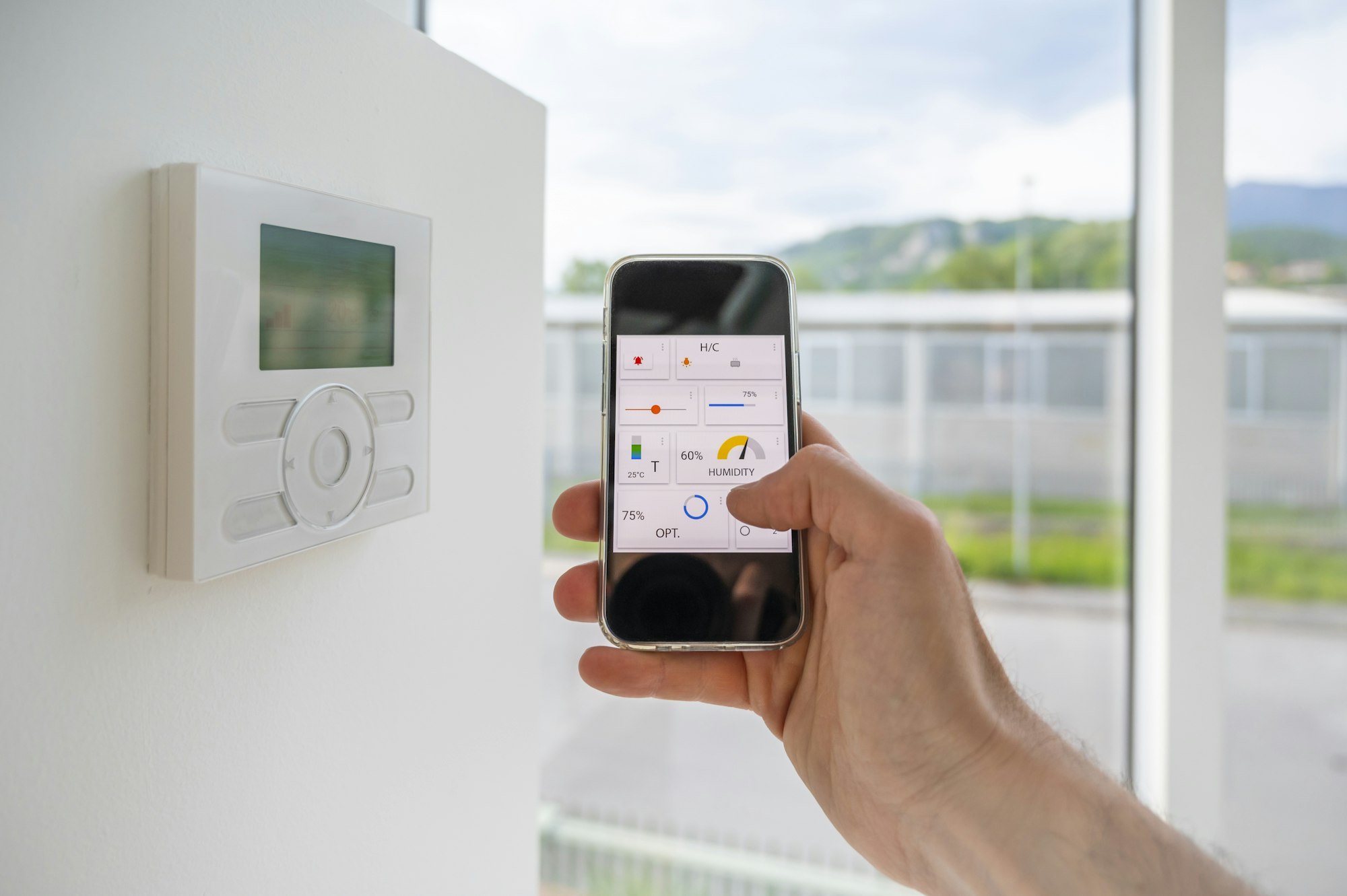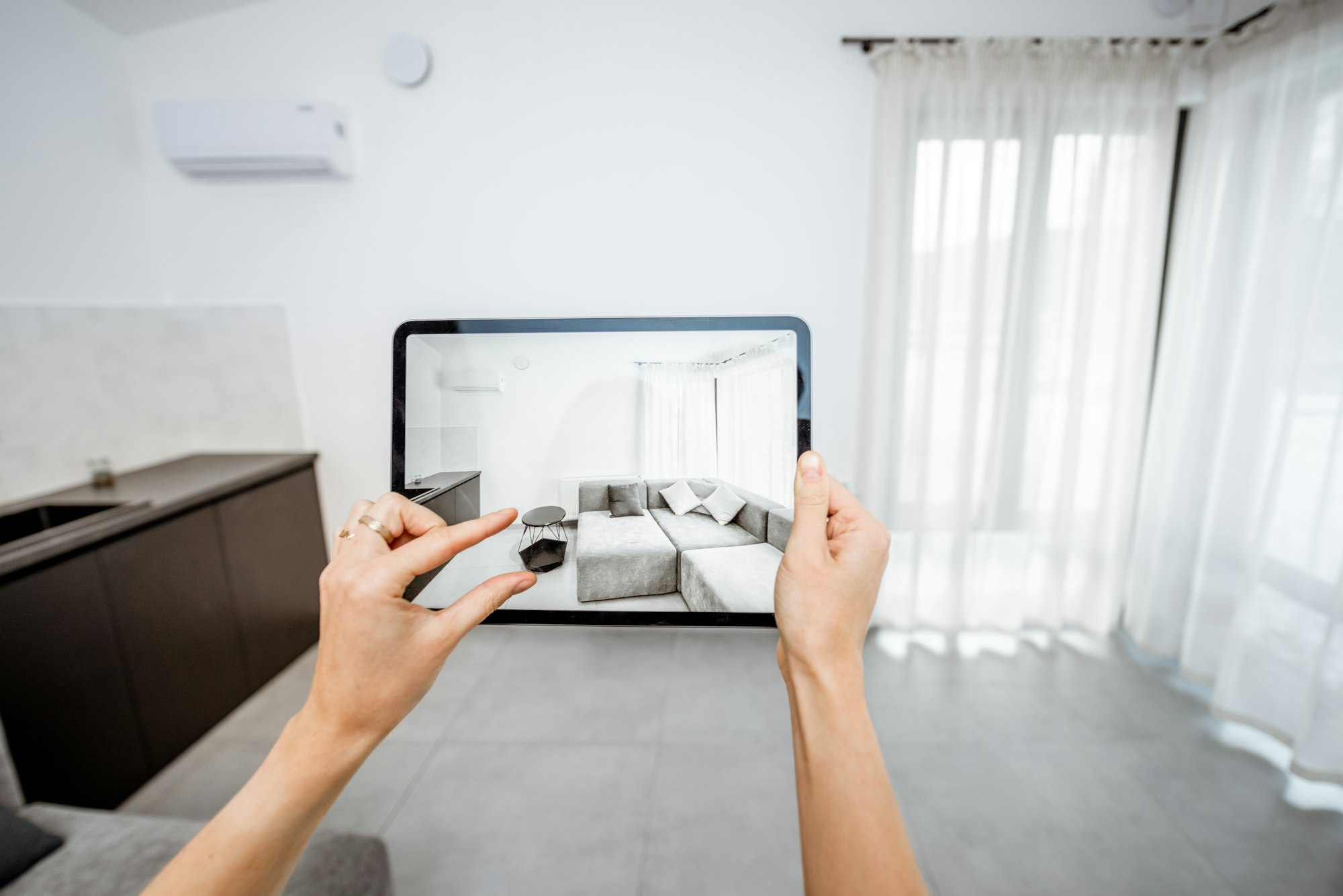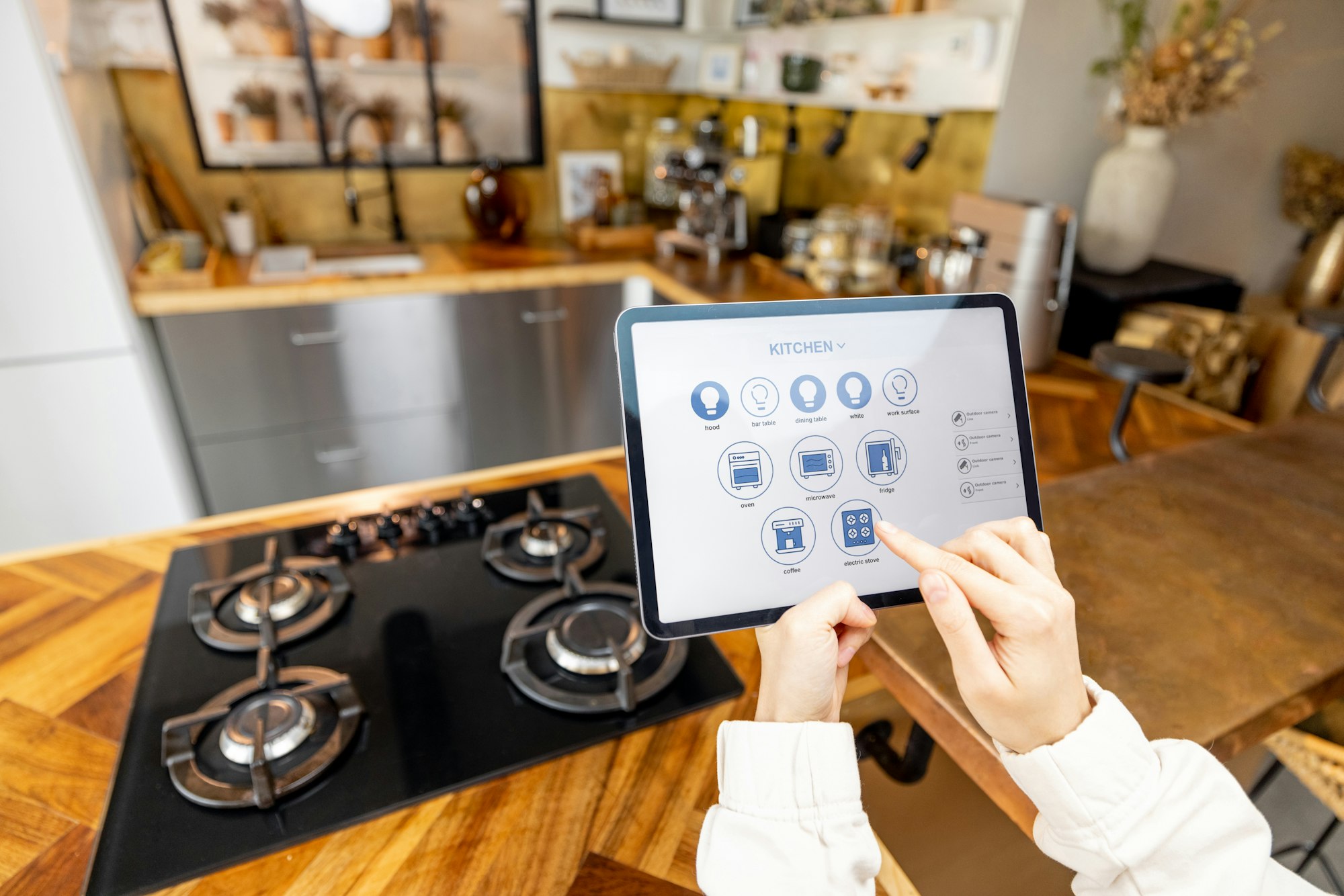Imagine walking into your home where everything is perfectly adjusted to your preferences—lights dimmed, thermostat set just right, and your favorite music playing softly in the background. This is not a scene from a sci-fi movie, but the reality of a smart home powered by the Internet of Things (IoT). In this article, we’ll explore how IoT devices can transform your living space into an intelligent, connected sanctuary.
1. The Basics of IoT in Smart Homes
1.1 What is IoT?
The Internet of Things (IoT) refers to a network of physical devices connected to the internet, enabling them to collect and exchange data. In a smart home, these devices work together to automate tasks, enhance security, and improve overall living comfort.
1.2 Benefits of a Smart Home
Smart homes offer numerous benefits, including increased convenience, energy efficiency, enhanced security, and improved home management. IoT devices can be controlled remotely via smartphones or voice commands, making everyday tasks more manageable and enjoyable.
2. Key IoT Devices for a Smart Home Makeover
2.1 Smart Lighting
Smart lighting systems allow you to control the brightness and color of your lights through an app or voice commands. Brands like Philips Hue and LIFX offer bulbs that can be programmed to follow schedules, respond to your presence, or sync with your entertainment system.
2.2 Smart Thermostats
Smart thermostats, such as the Nest Learning Thermostat and Ecobee, learn your schedule and preferences to optimize heating and cooling. They can adjust the temperature automatically based on your daily routine, saving energy and reducing utility bills.
2.3 Smart Security Systems
Comprehensive Protection
Smart security systems provide comprehensive protection through a combination of cameras, sensors, and alarms. Products like Ring and Arlo offer doorbell cameras, indoor and outdoor surveillance, and motion detectors that send real-time alerts to your smartphone.
Smart Locks
Smart locks, like August and Schlage, allow you to lock and unlock your doors remotely, grant temporary access to guests, and monitor who enters and exits your home. They enhance security and eliminate the need for traditional keys.
2.4 Smart Speakers and Hubs
Smart speakers and hubs, such as Amazon Echo, Google Nest Hub, and Apple HomePod, act as the control centers for your smart home. These devices integrate with various IoT gadgets, allowing you to control everything using voice commands or a single app.
2.5 Smart Appliances
Kitchen Gadgets
Smart kitchen appliances, like Wi-Fi-enabled refrigerators, ovens, and coffee makers, streamline cooking and meal prep. Brands like Samsung and LG offer appliances that can be controlled remotely, provide recipe suggestions, and even monitor your food inventory.
Cleaning Devices
Robotic vacuum cleaners and smart washing machines, like those from Roomba and LG, take the hassle out of household chores. These devices can be scheduled to clean at specific times and can be controlled via your smartphone.
3. Setting Up Your Smart Home
3.1 Choosing the Right Ecosystem
When setting up a smart home, it’s essential to choose an ecosystem that suits your needs. Popular ecosystems include Amazon Alexa, Google Assistant, and Apple HomeKit. Each offers unique features and compatibility with different devices, so consider your preferences and existing devices when making a decision.
3.2 Ensuring Compatibility
Not all IoT devices are compatible with every ecosystem. Before purchasing, check the compatibility of each device to ensure seamless integration. Many manufacturers list compatible ecosystems on their product packaging or websites.
3.3 Installation and Configuration
Most IoT devices are designed for easy installation, often requiring only a few steps. Follow the manufacturer’s instructions for setup, and use the corresponding app to configure settings and connect the devices to your home network.
4. Maximizing the Benefits of a Smart Home
4.1 Automating Routines
One of the significant advantages of a smart home is the ability to automate routines. Set up scenarios where multiple devices work together to create the perfect environment. For example, a “Good Morning” routine can gradually turn on lights, adjust the thermostat, and start your coffee maker.
4.2 Enhancing Security and Privacy
While smart homes offer enhanced security, they also come with privacy concerns. Ensure your devices are secure by regularly updating firmware, using strong passwords, and enabling two-factor authentication. Be mindful of the data your devices collect and share.
4.3 Energy Efficiency
Smart homes can significantly improve energy efficiency. Use smart plugs to control appliances, set schedules for lighting and heating, and monitor energy usage through smart meters. These practices help reduce your carbon footprint and save on energy bills.
Conclusion
Transforming your living space with IoT devices offers unparalleled convenience, security, and efficiency. From smart lighting and thermostats to advanced security systems and intelligent appliances, the possibilities for creating a connected home are endless. As technology continues to evolve, smart homes will become even more integrated, making our lives more comfortable and sustainable. Embrace the future of living by starting your smart home makeover today and experience the benefits of a truly connected lifestyle.









